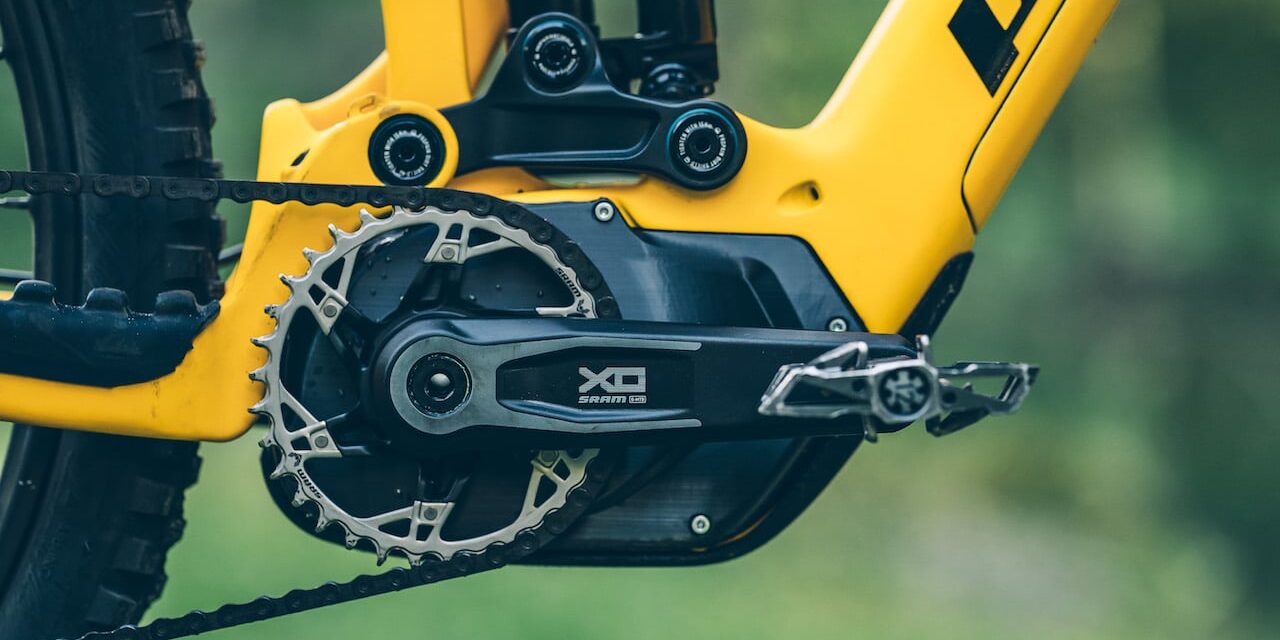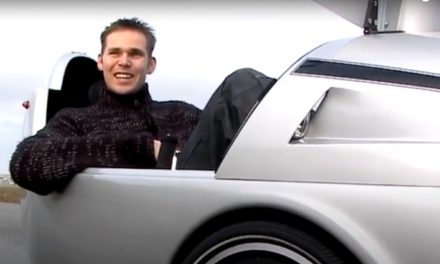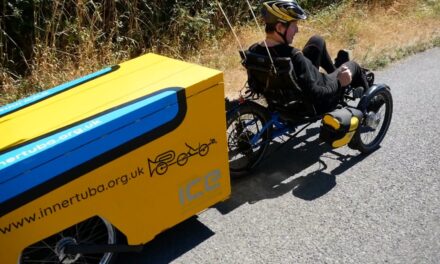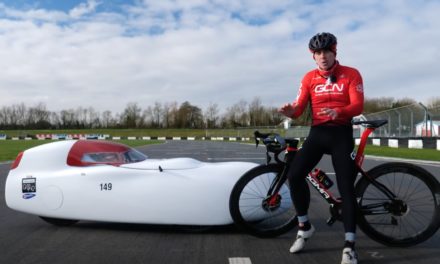The rise of e-bikes is unstoppable and it was surprising that SRAM still didn’t have any e-drive on offer. For a while there was speculation that “SRAM was developing its own motor”, or that “SRAM was buying this or that motor manufacturer”, to “SRAM will incorporate one of the existing drive systems into its system”. And in the end, it’s clear that SRAM has chosen the latter version. Following the lead of another American cycling giant, Specialized, have gone down the route of using a proven engine and optimising the associated hardware and, more importantly, software. In any case, SRAM launched a new electric motor a few days ago, which they’ve named the Eagle Powertrain. And I think, that alongside the Pinion MGU, it is one of this year’s biggest news in the field of electric bicycles.
MOTOR BY BROSE
The system is based on the motor that Brose makes for SRAM. As mentioned before, this motor is also used by Specialized on some of their electric bikes and they do also have their own displays, batteries and the software. You can also find the Brose motors on some AZUB recumbents.
SRAM obviously had a major hand in the development of other hardware units such as the handlebar controls and the display, which on the upright bikes is located on the top frame tube, and they probably also played a key role in choosing the battery. Finally and most importantly, they tuned the software, which is absolutely crucial on electric bikes today and determines how you feel on the bike while riding.
Key features of the motor:
Up to 90 Nm of torque
680 W peak power
Weight 2.9 kg
Lowest power reduction in its class (heat vs. power loss)
Natural driving feel
Quiet operation
The batteries are integrated and have a capacity of 630 or 720 Wh, with the smaller one weighing 3 kg / 6.6 lbs and the larger one weighing 4.1 kg / 9 lbs. For those who find the capacity still small, there is also a 250 Wh extender that mounts in a special bottle holder.
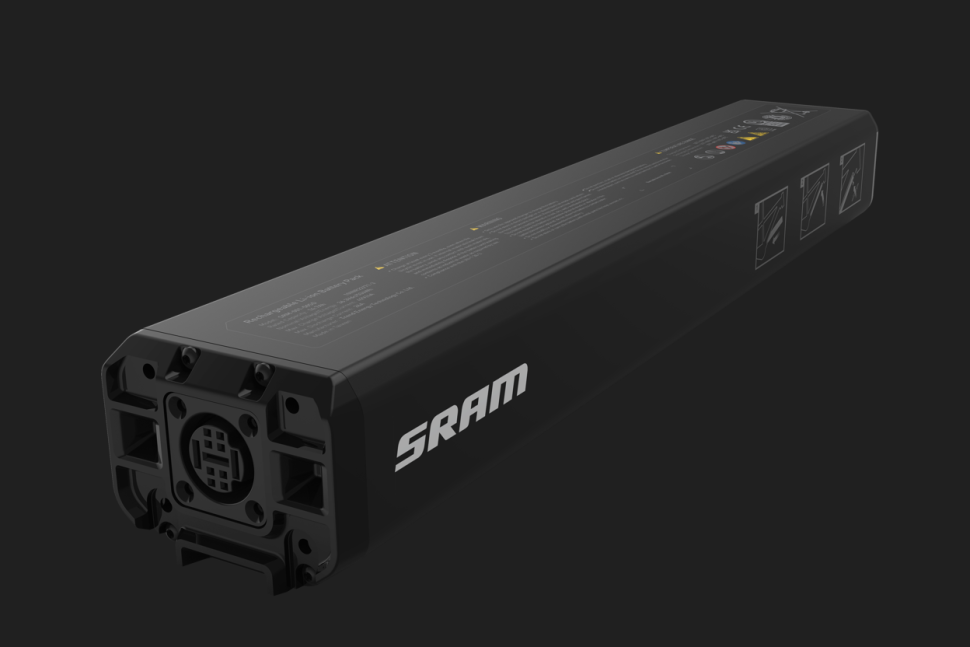
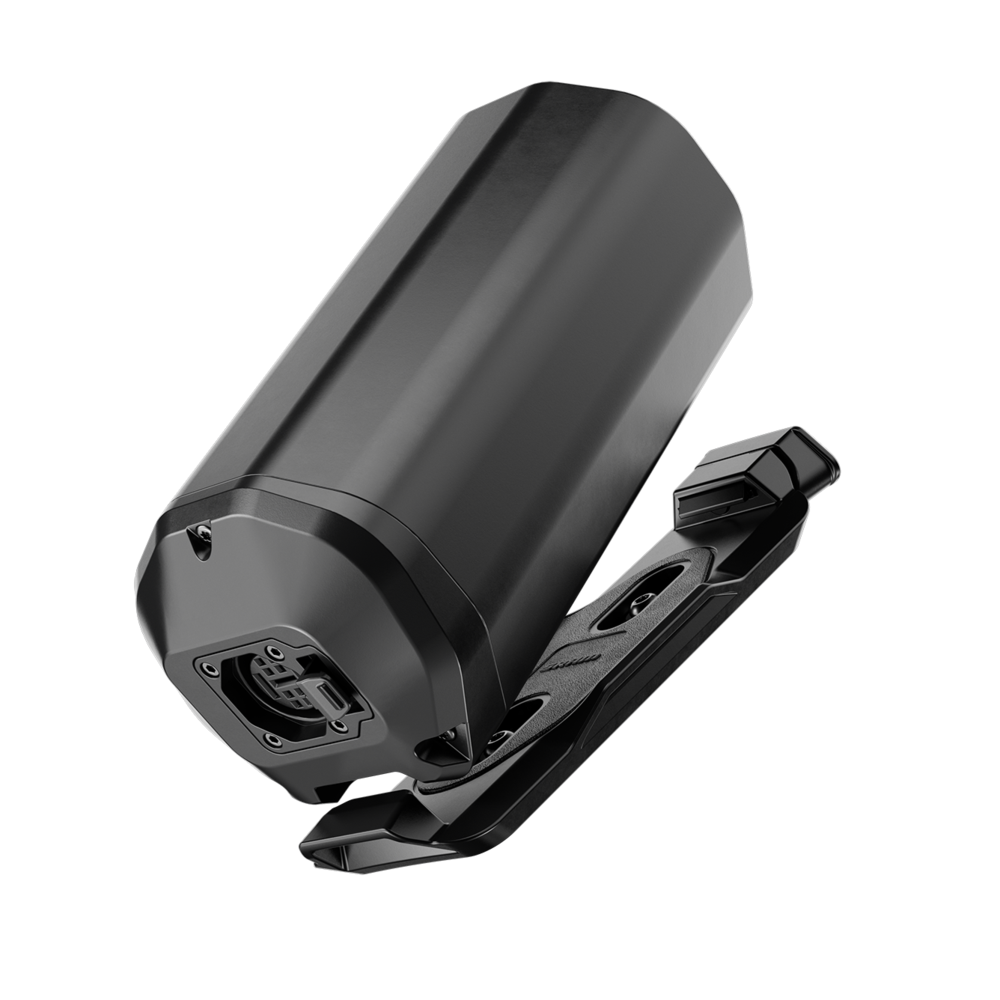
ONLY TWO RIDING MODES
There are only two riding modes with the names Range and Rally. The first one is designed for riding on longer routes, on lighter terrain or when it’s good to conserve the battery. The second, on the other hand, is for shorter, more intense rides or whenever the rider wants the full power of the engine. The different modes are switched using the top left button on the handlebars.
Here is a note on an interesting comparison. While Shimano went the way of adding more levels of assistance with their new models, SRAM is going the complete opposite way. Shimano now offers two riding profiles, the first of which offers the familiar three modes ECO, TRAIL, and BOOST. The second, however, provides a staggering 15 levels, each of which the rider can define the parameters and behaviour. While on the one hand this allows the rider to “play” with the engine, it also allows the rider to mess up the system to the point of the bike being quite uncomfortable to ride. SRAM therefore professes more of a strategy: “Ride, have fun and don’t worry about anything”, so it only offers the rider two options. The endurance level and the sprinter one.
AUTOMATIC SHIFTING
Shimano introduced the first derailleur with automatic shifting a few months ago with its new Cues Di2 in combination with the new Steps EP6 and EP801 motors, which I’ve already written about. SRAM is now introducing two essentially identical features, though of course they’re called differently. Auto Shift and Coast Shift. The former handles the automatic shifting, which tries to keep your pedaling cadence at a pre-selected value, and the latter allows the shifter to shift even when the rider isn’t pedaling. This is done by the motor itself turning the front chain wheel so the derailleur can shift. This feature, however, is not to be confused with the ability of all internal gear hubs hub that can shift even when you are at a complete standstill. Coast Shift only works when the bike is moving forward, allowing the chain and cassette to rotate so the derailleur can shift.
“Our automatic shifting algorithm is like a sixth sense on the bike that decides when to shift so the rider can concentrate on riding. It’s not just smart technology, it’s the perfect riding companion,”
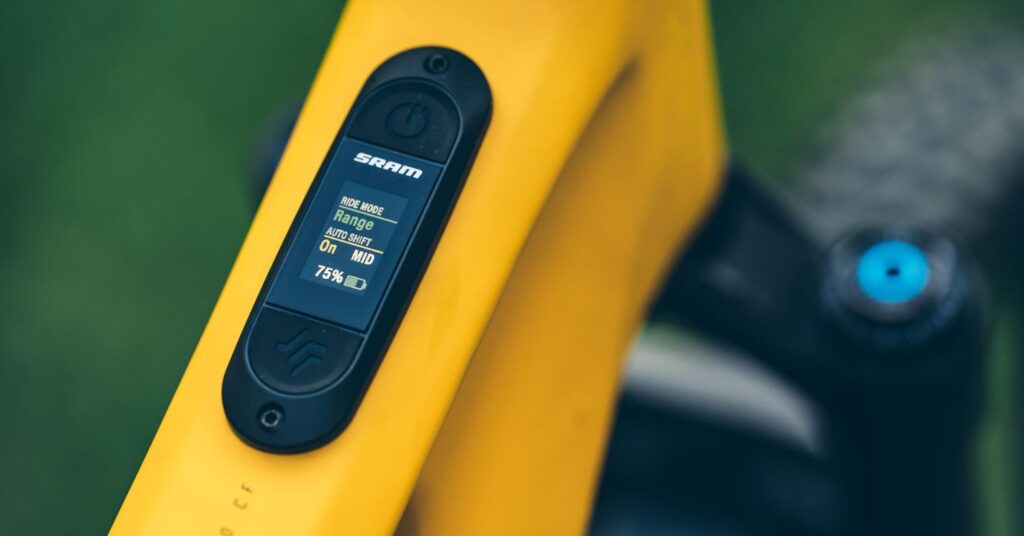

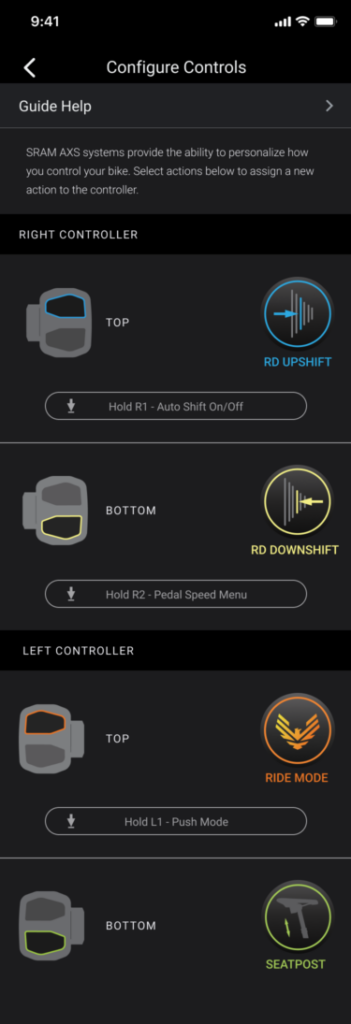
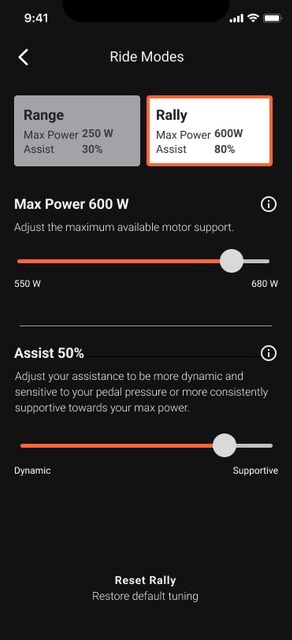
DISPLAY ONLY ON THE FRAME
Rounding out the Eagle Powertrain system is the Eagle Powertrain AXS Bridge, an illuminated, full-color, waterproof, top-tube display that provides all the essential bike, battery and ride information. The small display is then complemented by the SRAM AXS mobile app, which displays more information and also offers the ability to completely fine-tune the entire system, from setting individual ride profiles to changing the function of individual buttons.
POWERTRAIN AND RECUMBENTS
I have mentioned Pinion’s MGU system at the beginning of this article, which is also hot news in the electric bike field and many recumbent enthusiasts are eagerly awaiting which recumbent brand will start offering it on their bikes and especially trikes. And it’s likely to be the same for SRAM. Both drivetrains are more than interesting, although the Pinion also has a twelve-speed gearbox integrated which makes it very unique. However, both require an integrated or semi-integrated battery and nowadays none of the recumbent bike manufacturers offer full battery integration into the frame. Similarly, in both cases, both motor manufacturers have offered this system to only a few bike manufacturers, which is quite understandable, as a new product of this complexity is better supplied to a smaller number of customers first. It’s also not exactly easy for a big bike manufacturer to design a new bike frame, work on the complete integration and also adjusting customer service, and bring out a new model in just one year. So you’ll find the Pinion MGU on nine brands and the SRAM Eagle Powertrain on just four, and pretty much unknown ones at that. These are Propain, Nukeproof, Transition and Gasgas.
Another potential sticking point for putting this engine on recumbent bikes and trikes would be the display itself. Where to put it? The first obvious place would be on the main frame tube right behind the front boom, but there it would be at such an angle that it wouldn’t be visible from the seat. And a long way away. Even a placement like AZUB uses right behind the engine would not be possible because the display would be very far away. So only a specially made handlebar box is an option, which is what both ICE and HP Velotechnik use for some Shimano displays. The final hurdle in Powertrain’s journey into the recumbent world is the fact that it’s a complete ecosystem that also incorporates the new Eagle derailleur, which uses SRAM’s UDH (Universal Derailleur Hanger) technology, which essentially requires a special shape of rear fork on which the derailleur mounts directly without the use of a derailleur hanger. So some of the recumbent manufacturers would have to develop a whole new bike frame to start offering the SRAM motor.
SRAM Eagle Powertrain is an electric drive for mountain bikes. From this point of view, it would be very suitable for high-end off-road trikes such as ICE Full-Fat, AZUB Ti-FLY X, HP Velotechnik Scorpion Enduro, or also Steintrikes WildOne. However, experience shows that recumbent customers often want the best for bikes they use “only” on bike paths and regular asphalt roads. That’s why, for example, HP Velotechnik offers the new Shimano Steps EP801 in the Cargo version, even though recumbents are not cargo bikes at all. Therefore, one would expect that the Powertrain would find its customers even among regular recumbent riders.
So we’ll see if the Pinion MGU or the SRAM Eagle Powertrain gets among the recumbents first. I would expect to see the German Pinion first, but let’s be surprised.
Finally, make sure you watch the video below. It is pretty funny and cleverly made. I haven’t seen such a good one for a long time now.

